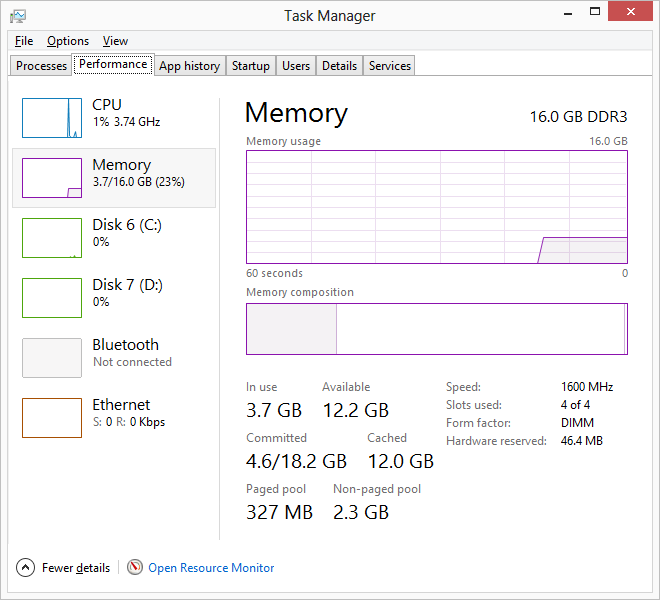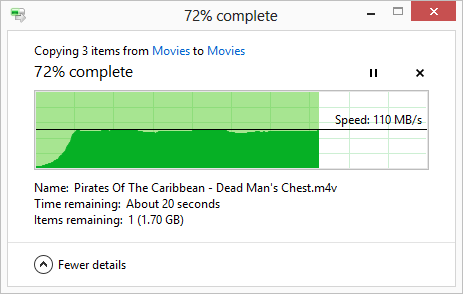Yes you can do a clean full fresh install with this.
glad to hear - i just bought it for the sake of it.... for £25 you cant really go wrong, at some point down the line it might just get used... dispite me hating when i tried it during the beta stage on a virtual machine....
theres hope yet
![[H]ard|Forum](/styles/hardforum/xenforo/logo_dark.png)



